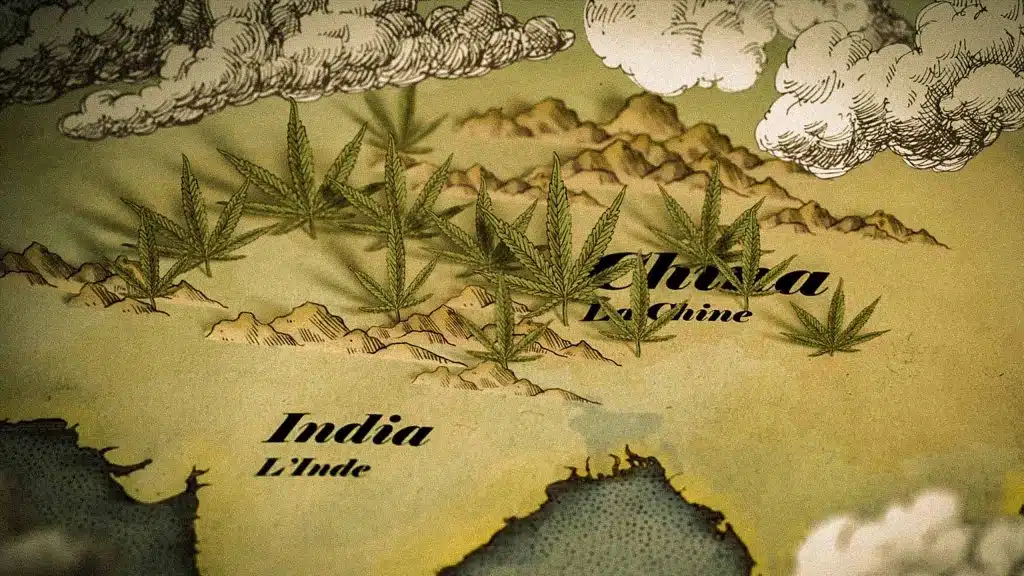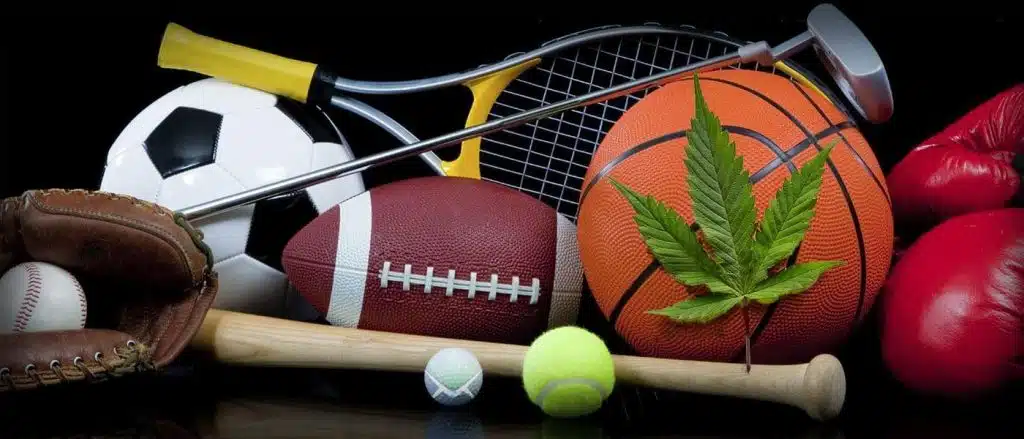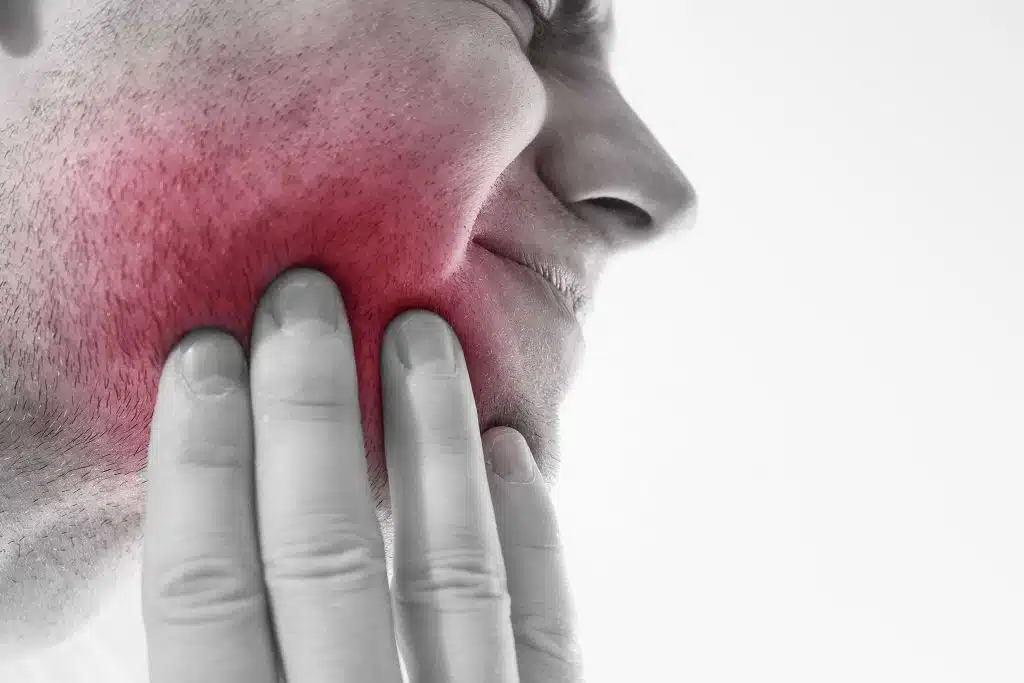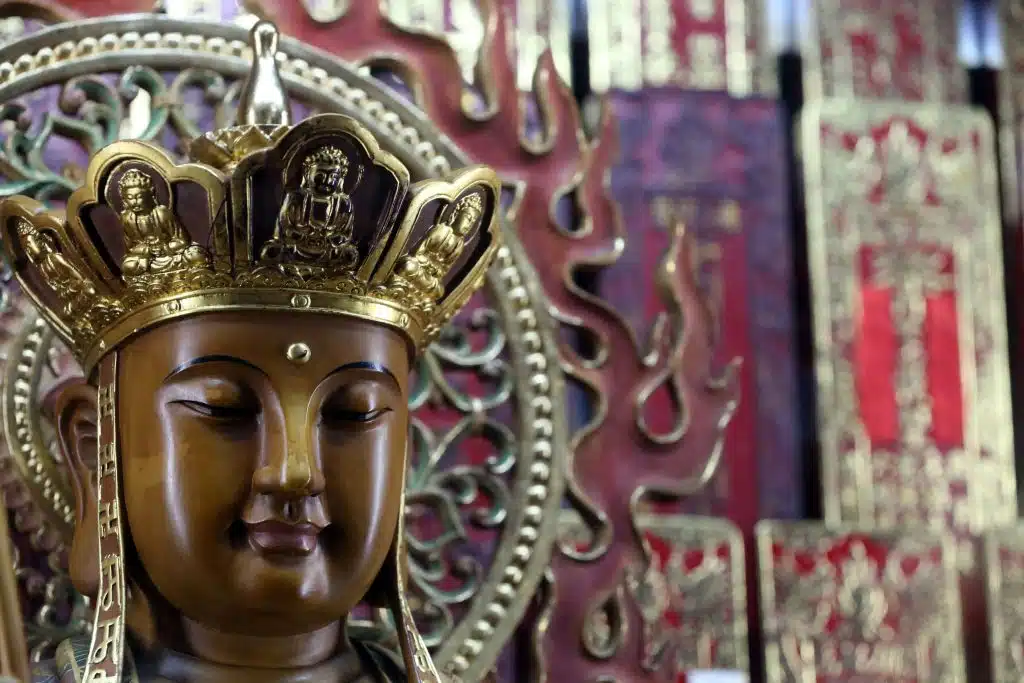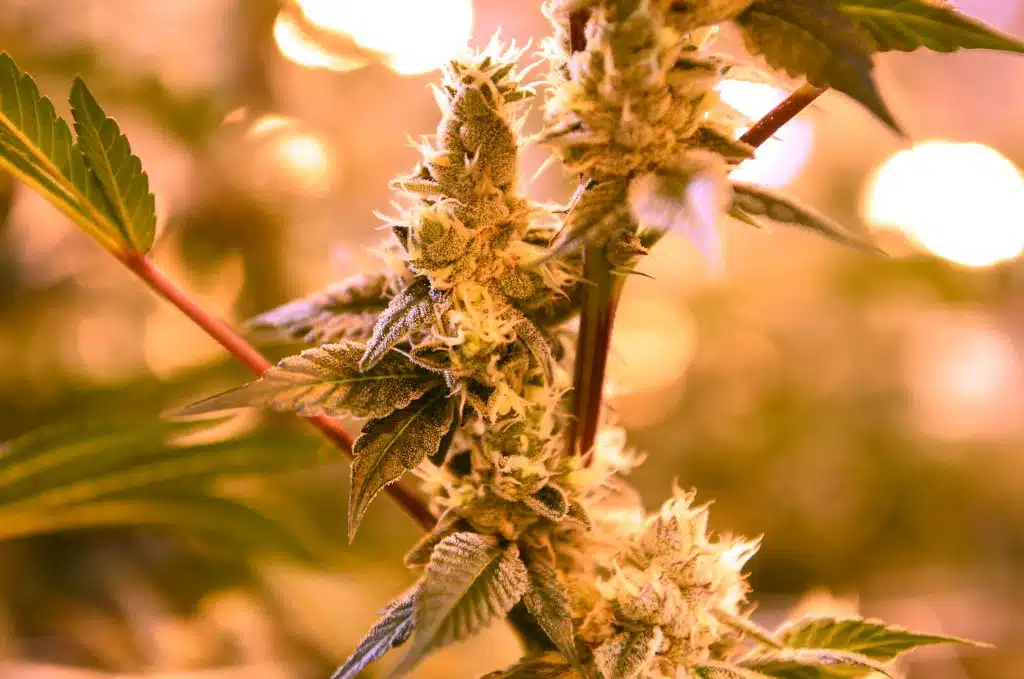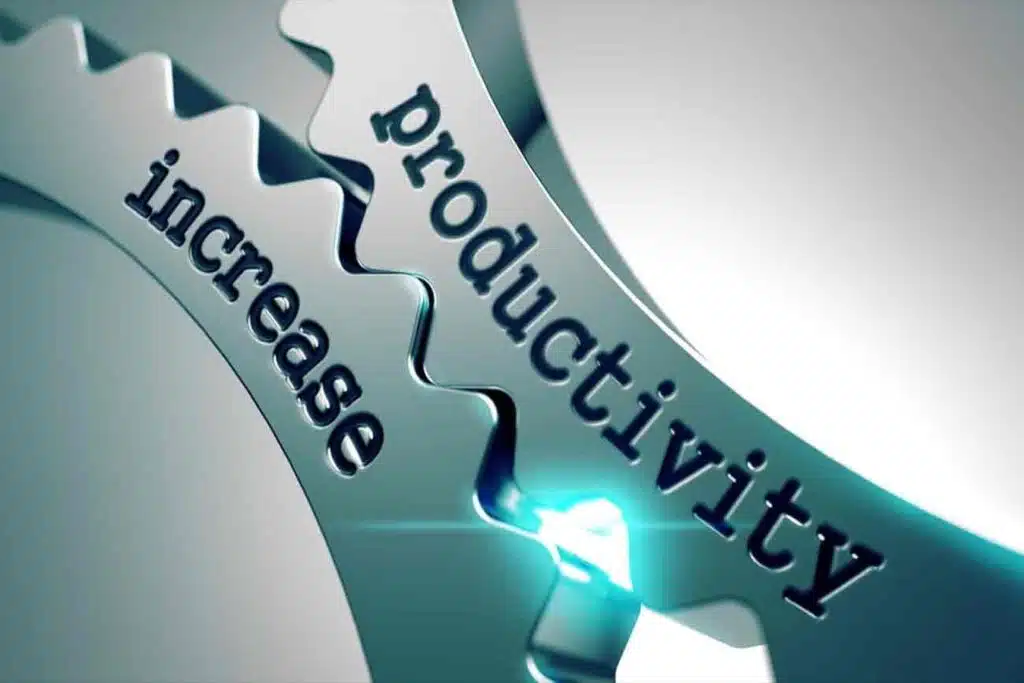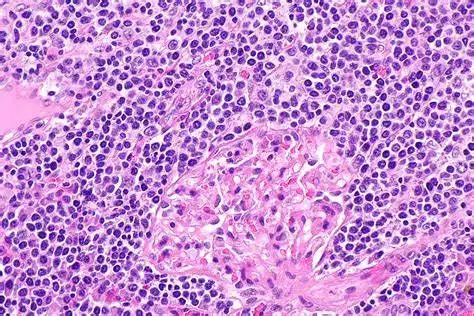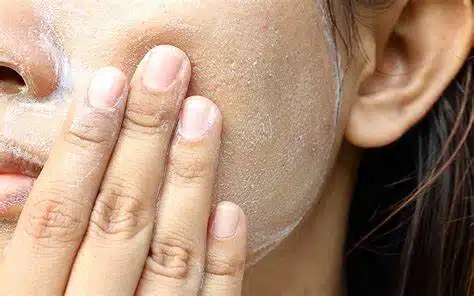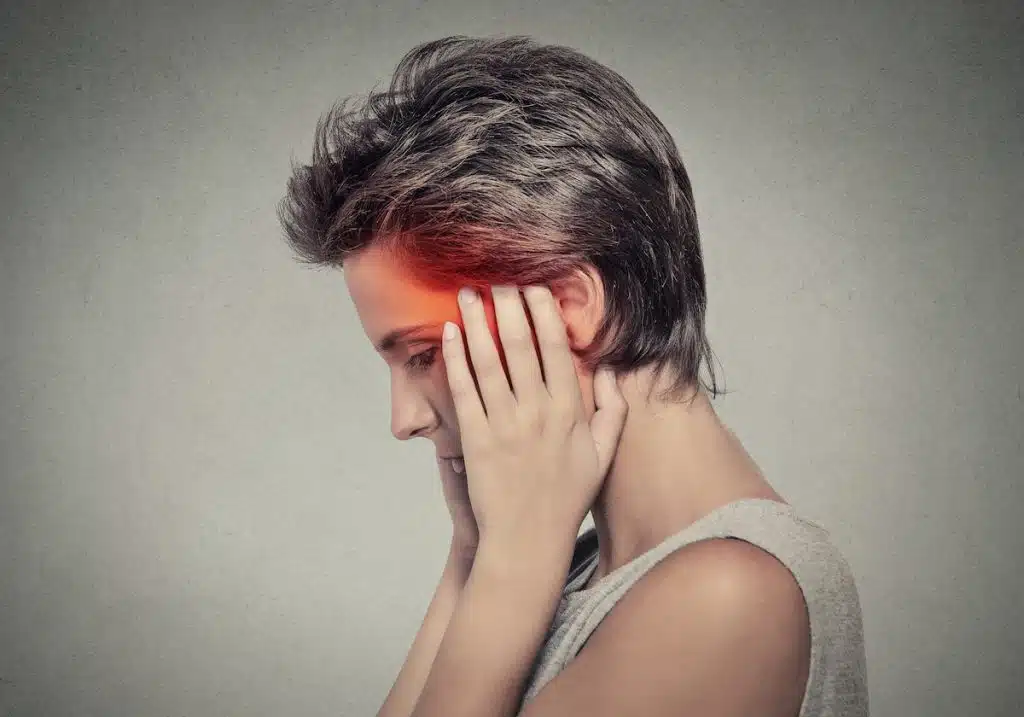Cannabis Labels: How To Read Them
Cannabis Labels: How To Read Them
After opening up your high-potency cannabis product, you start to feel a sense of relaxation and well-being wash over you. After waiting patiently for the effects to take hold, you finally start to feel the effects of the product, and within minutes you’re feeling more at ease and content than you have in weeks. Thank you for choosing our high-potency cannabis product!
It’s already been a few hours! Don’t you think you would have felt the effects by now? You’re feeling a bit anxious, so you down a few more bites/drops/nugs. But after a few more hours, you’re still not feeling anything. You realize you bought the wrong, low-dose stuff, so you’re frustrated.
Even the best of us can make mistakes when it comes to understanding cannabis labels. It takes practice to learn how to read them correctly, even for experienced smokers.
We’ll give you a breakdown of the different types of cannabis products and what their labeling means. Plus, we’ll talk about the total number of cannabinoids in each type of product. Finally, we’ll give you a summary of cannabinoids in general. Hopefully, this information will help you make educated decisions about what type of cannabis product is right for you.
WHAT DO THE LABELS ON CANNABIS MEAN?
To help newcomers understand cannabis terminology, we’ll first define some key terms. Cannabinoids are the chemical compounds found in cannabis that produce the psychoactive effects people enjoy. Terpenes are the chemical compounds that give cannabis its unique aroma and flavor. Total cannabinoids are the total amount of cannabinoids and terpenes in a given cannabis product. Active compounds are the specific chemical compounds that produce the desired effects in cannabis.
Cannabinoids are the active compounds in cannabis and hemp products, and we currently don’t know much about most of them. However, we know a lot about THC, CBD, CBG, CBN, and THCV, the majority of which have been researched. That being said, there is still much to learn about these powerful plants.
When reading cannabis labels, it’s important to consider how cannabinoids affect each other. THC can cause mind-altering effects, such as hallucinations, giddiness, relaxation, and delayed responses. CBD, on the other hand, can relax you or fight pain, but without the heady, brain-buzzy effects of THC.
This means that, depending on the ratios of THC and CBD in a cannabis product, CBD may help to reduce the psychoactive effects of THC. For example, a product containing a high ratio of CBD to THC (2:1) is more likely to have a reduced psychoactive effect than a product with a lower ratio of CBD to THC (1:1).
There is no one-size-fits-all answer to figuring out how much CBD will reduce THC’s mind-altering effects; you’ll need to experiment with different values and doses to find what works best for you. Everyone’s individual cannabinoid tolerances are different, so dosing cannabis will always require careful attention, patience, and consistency.
Terpenes are an important part of cannabis, and they can have a significant impact on the way it smells and tastes. We’re still learning about them, but we know that they can enhance the potency of a particular strain’s cannabinoids.
THC is one of the most well-known active compounds in cannabis and hemp. THC is well-known for its psychoactive effects, which can include feelings of euphoria and intoxication.
Other cannabinoids and terpenes have an impact on the mind-altering effects of cannabis, but it is believed that THC is the main driver of these effects. THC levels can vary greatly between different cannabis strains, so the genetics and cultivation of a given crop can affect the THC levels present.
CBD is another well-researched cannabinoid found in cannabis and hemp. Unlike THC, which is psychoactive and known to produce effects such as altered perceptions, hallucinations, and paralysis, CBD is non-psychoactive and more closely associated with hemp strains because their CBD levels are high across many different genetics.
The Decarboxylation process is an important chemical process that helps to activate raw, acidic cannabinoids like THCA or CBDA into more absorbable forms, such as THC and CBD. This process allows many cannabinoids to act as ‘dormant compounds’ that don’t get you high or have as much medical potency as we might assume.
Many of the terms found on cannabis packaging are included, but it’s important to remember that cannabinoids and terpenes are not strictly regulated. For example, other cannabinoids or terpenes aren’t listed because they’re not currently required by law in most parts of the world.
Cannabis labels will typically list the cannabinoid and terpene profiles of the products.
We have the highest concentration of THC and CBD in the market.
Active ingredients that support mind and body health!
The percentage of THC and THCV within the actual active THC content.
Total CBD levels are high, which is great news for CBD users.
There are a variety of ways in which cannabinoid levels are listed, including “per mg” or “%”. Let’s take a look at how these different formats compare when it comes to the total amount of cannabinoids and THC or CBD.
TOTAL CANNABINOIDS VS TOTAL THC
Cannabis labels can be a confusing mix of information, but by understanding the different types of labeling, you can make better choices about what to use and how much. For example, beer bottles have labels that list the alcohol percentage, the volume in milliliters, and the ingredients. This information is the same for most types of spirits.
When it comes to cannabis, imagine that same beer bottle but it has a detailed breakdown of the active ingredients and how much alcohol is created during storage or mid-consumption. Then add factors like what specific strains of hops were used to brew this beer, on top of what kinds of flavors and aromas resident in the hops might affect how the alcohol interacts with you once consumed. Did you get all that?
It can be difficult to know which cannabinoids are active and which ones will give you a high, depending on the product you’re using. This is because different products may have different proportions of active cannabinoids.
Can you tell the difference between “total cannabinoids” and “total THC” or “total CBD” based on how fresh the cannabis is? The majority of cannabinoids are in the raw, acidic form of THC-COOH. During drying and curing, THC-COOH can be converted into THC, albeit in very small quantities. To activate a large amount of THC-COOH, you would have to smoke, vape, cook or apply pressure for a long period of time.
Listing both Total Cannabinoids and Total THC shows the potential effects that can be achieved through smoking, vaping, or cooking the raw cannabis buds. This is helpful for consumers as it shows the “actual vs potential” effects of the cannabis.
When you see a low THC percentage on a package, don’t assume that this means the buds don’t have any THC in them – the corresponding 15 mg/g Total THC value hints at the actual amount of Tetrahydrocannabinol you can expect when toking on this particular strain. The same calculations are true for CBD, although with Cannabidiol you might not be as concerned because of its lack of psychoactive properties.
The THC edible labels might show the same total value (total cannabinoids + total active THC), however they’ll likely look backwards – much higher active THC values and less total cannabinoids amounts because they’ve been decarboxylated (i.e. cooked, baked, prepared). With these complications out of the way, let’s figure out what percentages of the THC get you high or what levels of the active compounds you need to feel the effects you’re after.
Conclusion
If you are interested in cannabis and THC products, check out Ganja West online dispensary at ganjawest.co!
